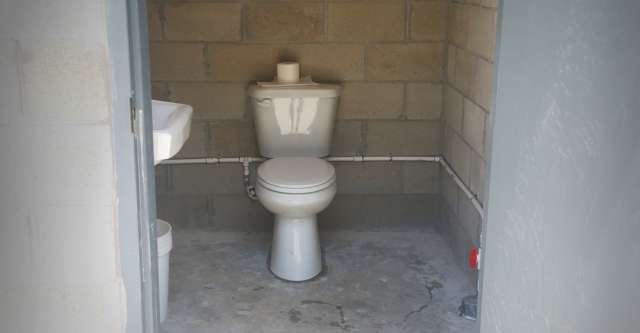Black mold may grow in your home, and you don’t even know it. Often, mold lives in dark, humid, warm places that are often out of sight. As soon as black mold spreads, it can become difficult to remove.
It doesn’t take long for mold to grow when the conditions are right – sometimes within 24-48 hours. Because mold can grow quickly and negatively affect your family’s health, keeping an eye out and preventing the spread of mold is essential. Because basements, kitchens, bathrooms, and even windowsills typically have moisture, they are the most susceptible to mold and bacteria growth. Cleaning the house regularly and minimizing moisture are the best ways to prevent mold.
Definitions
Known as hyphae, molds are microscopic filamentous fungi that grow in the form of tiny threads or filaments. In the home, mold is referred to as mildew, a nonscientific term.
In general, it’s non-toxic, grows flat, is black or dark-colored, slick in texture, and may smell of must. However, mold comes in various colors, such as black, red, pink, gray, and green. It may smell musty or in any other way be unpleasant.
Places To Find Mold
The most common places to find mold and mildew are damp and warm [1]. These include:
- showers and tubs
- sinks, particularly the drains
- toilets
- many surfaces of the bathroom like the walls, ceiling, countertops, inside cabinets, shower curtains, mirror edges
- tile grout
- basements
- under or around the kitchen sink
- inside appliances that use water
Prevention
Dry, to put it simply. Step one in dealing with mildew, especially seasonal, is to find the source of the moisture and eliminate it. Opening windows and keeping rooms dry help.
There are generally small patches of mildew, and they come back in the same places. Whenever you notice gunky corners in your shower, wipe them up with a rag, dry them, and move on.
Cleaning Away
Fill a spray bottle with diluted bleach or white vinegar and spray the mildewy area before wiping it. This will help eliminate odors and slow regrowth. The use of bleach and vinegar are both disinfectants. However, they should never be combined, as chlorine gas can be produced when bleach and vinegar are combined.
Water-damaged items, such as books, carpet pads, and drywall, may not have sufficiently dried and will need to be disposed of. Covering up mold or mildew won’t work; painting or caulking over it will only make things worse.
Shake a spray bottle of water with a quarter teaspoon of baking soda until it dissolves. Spray the moldy area with baking soda and water, then scrub the surface with a scrub brush. After rinsing the surface with water, any baking soda residue should be removed. Finally, respray the surface and allow it to dry without wiping. This will kill any leftover mold and help prevent the mold from returning.
Pour the juice of three to five lemons over the moldy area [2]. Once the surface has been soaked for five minutes, wipe it with a damp towel. Mold stains can be removed by reapplying and scrubbing. And lemon juice makes the area smell fresh.
So next time you see the black mold creep around the corners of the bathroom, take the offensive and eliminate the mold where it starts.
Notes:
- ^https://www.thehealthy.com/home/mold-and-mildew-remover/ (go back ↩)
- ^https://www.maids.com/cleaning-hacks/3-non-toxic-ways-clean-mold-natural-cleaners/#:~:text=Add%20one%2Dquarter%20of%20a,any%20residue%20and%20baking%20soda. (go back ↩)

